On view at the Smithsonian Institution’s National Museum of American History (NMAH) through September 2016 is “Science Under Glass,” which celebrates the craft, art, and use of laboratory glassware. The display and the accompanying online exhibition draw from the museum’s collection of more than 1,000 pieces of scientific glassware.
From beakers and test tubes to Erlenmeyer flasks, these beautiful, seemingly fragile objects are what cartoonists, novelists, and moviemakers have long used to signal that a fictional character is a scientist. Place a test tube in the hand of a white-coated actor and every audience member will recognize her occupation.
Glassware, however, serves a vital function in the laboratory, allowing researchers to heat a substance, cool a substance, see a substance, monitor a reaction. And through the centuries, expert glassblowers have been asked to create intricate tubes and containers for specialized functions.
So, enjoy this slide show of photographs of laboratory interiors from the Science Service photographic morgue, and then take a look at the NMAH online exhibition for help in identifying the different types of flasks, tubes, and beakers arrayed behind these bacteriologists, chemists, biologists, and inventors.
Edwin Joseph Cohn (1892-1953), Department of Physical Chemistry, Harvard Medical School. The biochemist is best known for his systematic study of the fractionation of blood plasma proteins. Smithsonian Institution Archives, SIA2008-1041.
Edward Francis, M.D. (1872-1957), U.S. Public Health Service, the bacteriologist who first identified the bacteria that causes tularemia ("rabbit fever"). Smithsonian Institution Archives, SIA2008-1667.
Richard Fay Jackson (1881-1943), chemist, U.S. Bureau of Standards. Smithsonian Institution Archives, SIA2008-4331.
Henry Winston Harper (1859-1943), Professor of Chemistry, University of Texas. Smithsonian Institution Archives, SIA2008-3514.
Carl Alfred Jacobson (1876-1952), Professor of Chemistry, West Virginia University, demonstrating "the free-flowing substance known as 'silica fluff,' the world's lightest known powder." Smithsonian Institution Archives, SIA2008-4349.
William David Coolidge (1873-1975), director of the General Electric Research Laboratory and inventor of the modern x-ray tube. Smithsonian Institution Archives, SIA2008-1253.
Samuel Galloway Hibben (1888-1972), Director of Lighting, Westinghouse Lamp Company, shown measuring luminescent powder that will be used to send "canned sunlight" from Florida to the New York World's Fair on August 29, 1940, for the Florida section of the "World of Tomorrow. Smithsonian Institution Archives, SIA2008-3866.
Biochemist Gerty Theresa Radnitz Cori (1896-1957) and her husband Carl Ferdinand Cori (1896-1984) were jointly awarded the Nobel Prize in medicine in 1947 for their work on how the human body metabolizes sugar. Smithsonian Institution Archives, SIA2008-1291.
Francis Cowles Frary (1883-1970), Director of Research, Aluminum Company of America, and expert on glass blowing. Frary is shown pouring thixotropic gel. Smithsonian Institution Archives, SIA2008-1691.
In 1950, microbiologist Elizabeth Lee Hazen (1888-1975) and chemist Rachel Brown (1898-1980), Division of Laboratories and Research, New York State Department of Health, Albany, developed an effective antifungal agent (nystatin) for yeast infections. This photograph was distributed in 1955 when Hazen and Brown were given the first Squibb Award for achievements in chemotherapy. Smithsonian Institution Archives, SIA2008-3566.
Ataullah K. Ozai-Durrani (1897-1964) was an Afghan inventor who sold his idea for pre-cooked rice to the General Foods Corporation, which marketed it under the name "Minute Rice." Smithsonian Institution Archives, SIA2008-1489.
Robert N. Feinstein (1915-2005), Senior Biochemist at Argonne National Laboratory, 1965. Smithsonian Institution Archives, SIA2008-0553.
Chemist Harry Means Crooks, Jr. (1912-1995) was on the Parke, Davis Company team which synthesized chloromycetin. Smithsonian Institution Archives, SIA2008-0726.
Herman L. Finkbeiner (1931-2013), chemist, General Electric Research Laboratory, 1966. Smithsonian Institution Archives, SIA2008-1538.





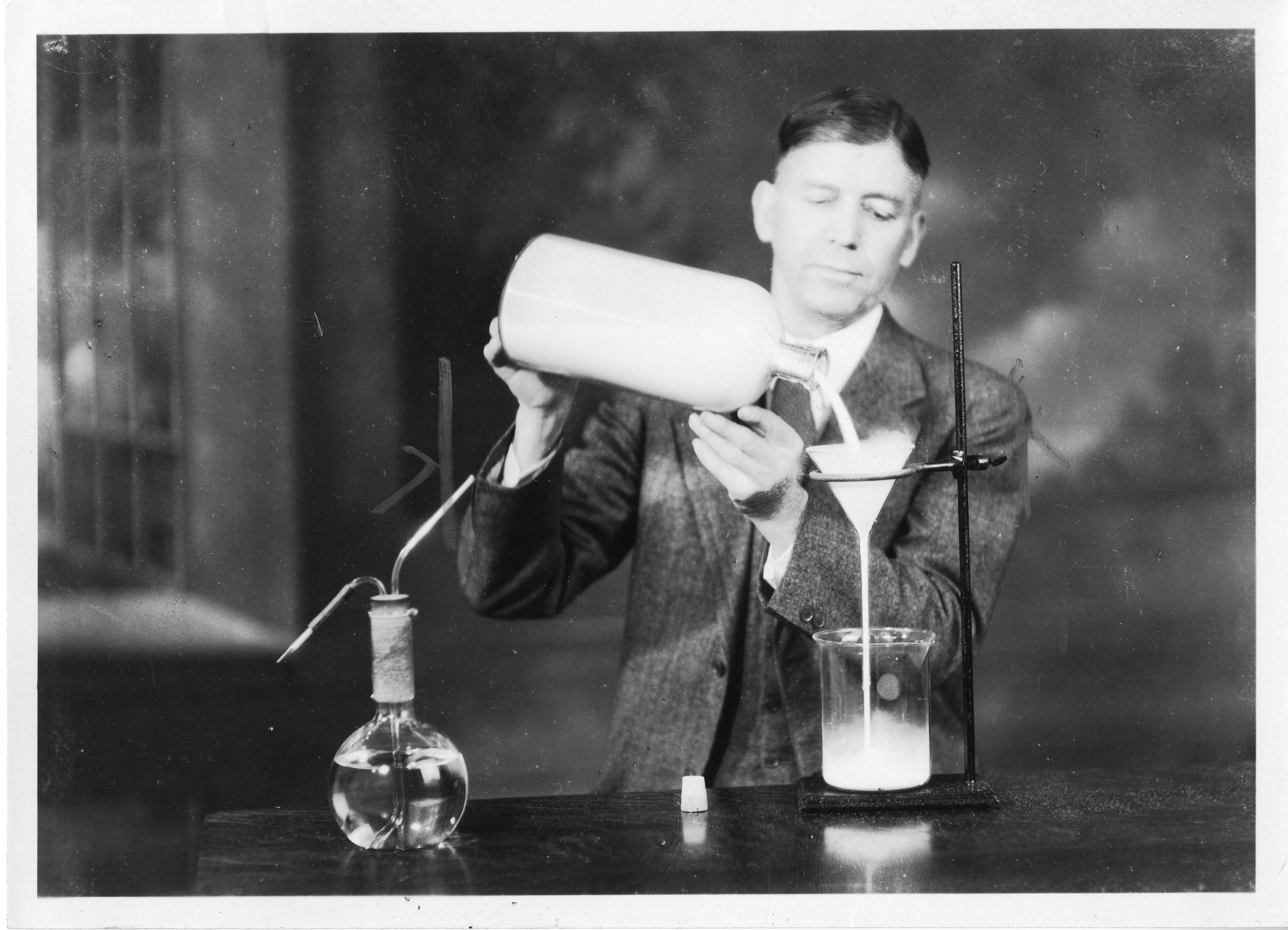


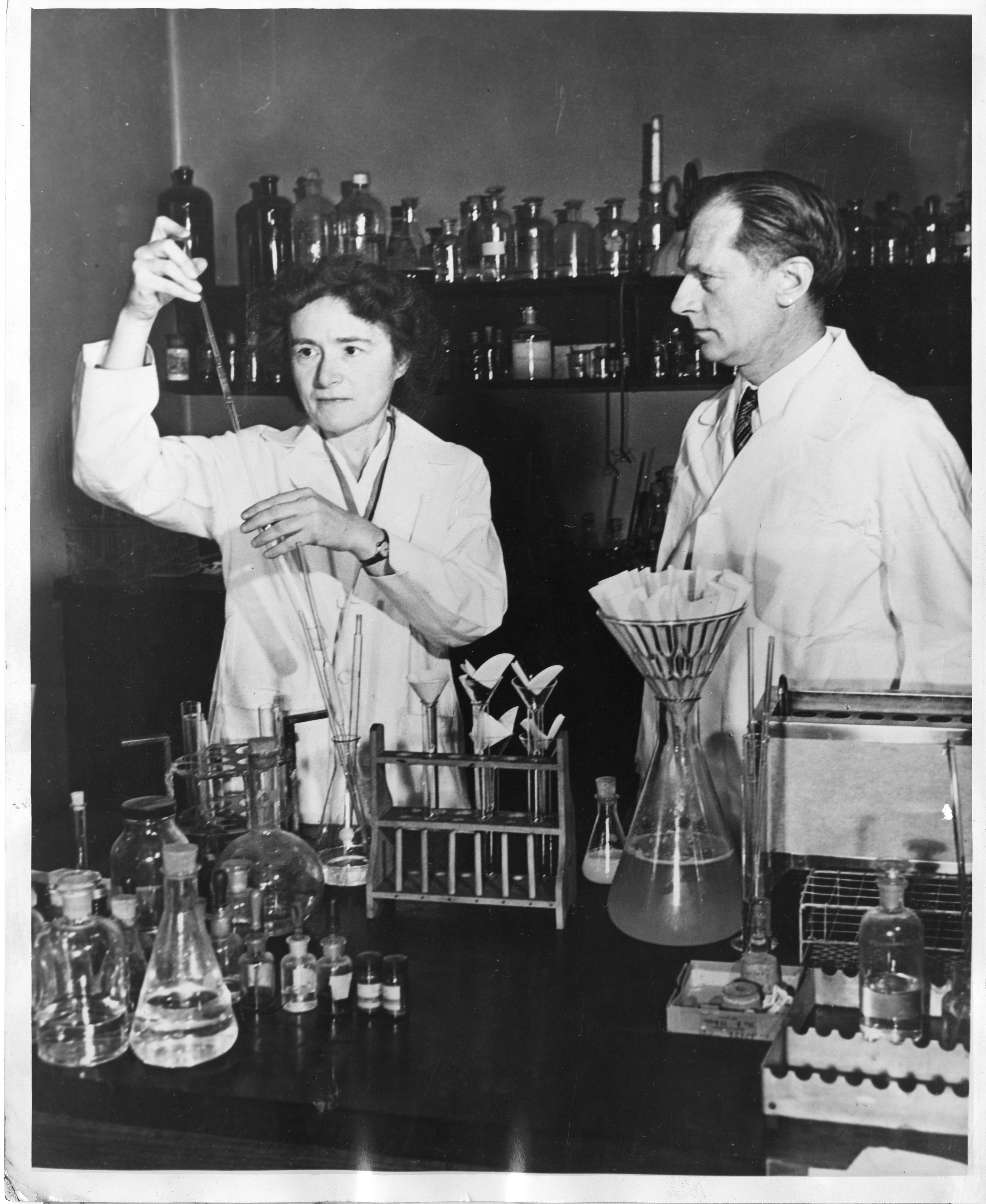
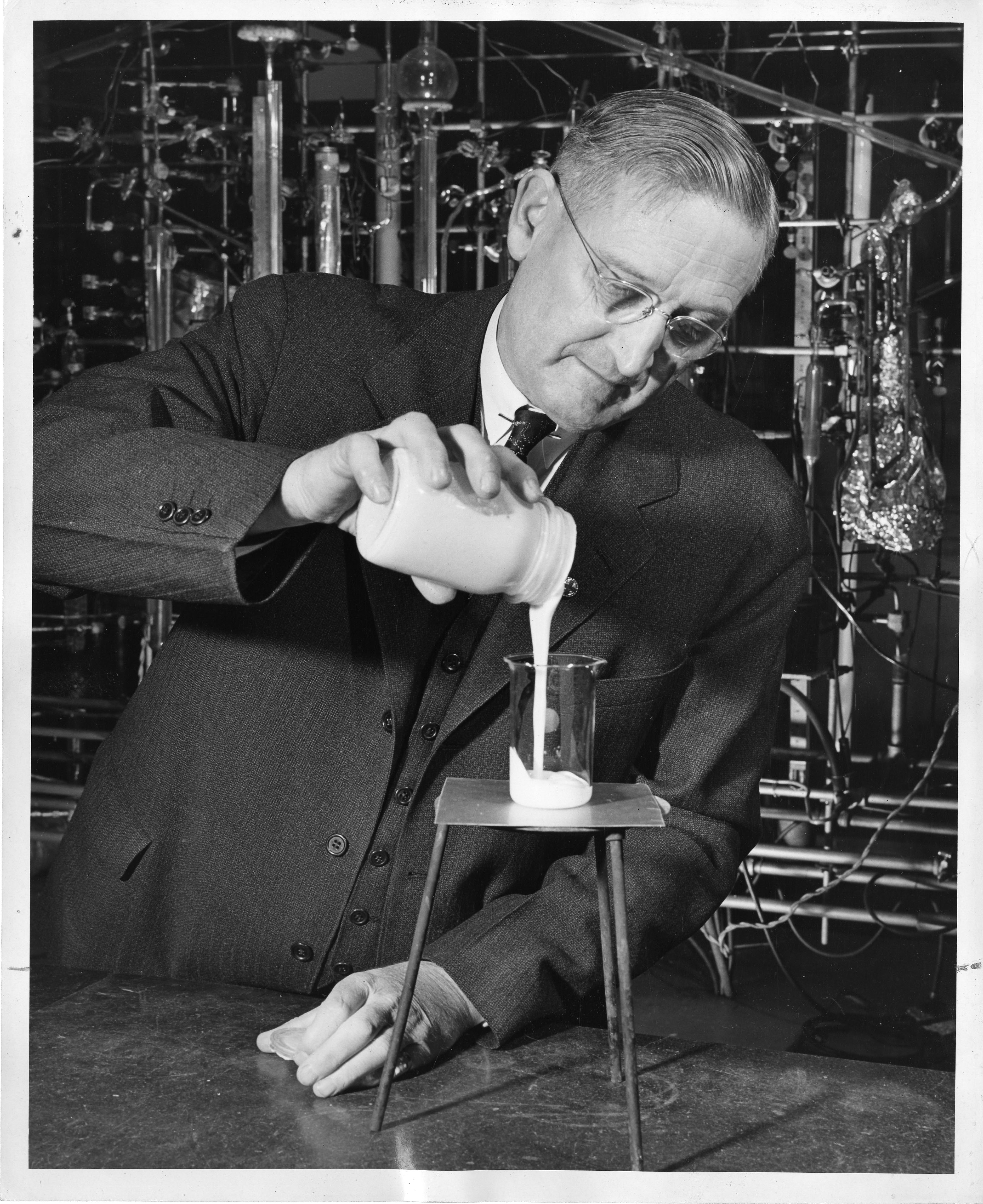

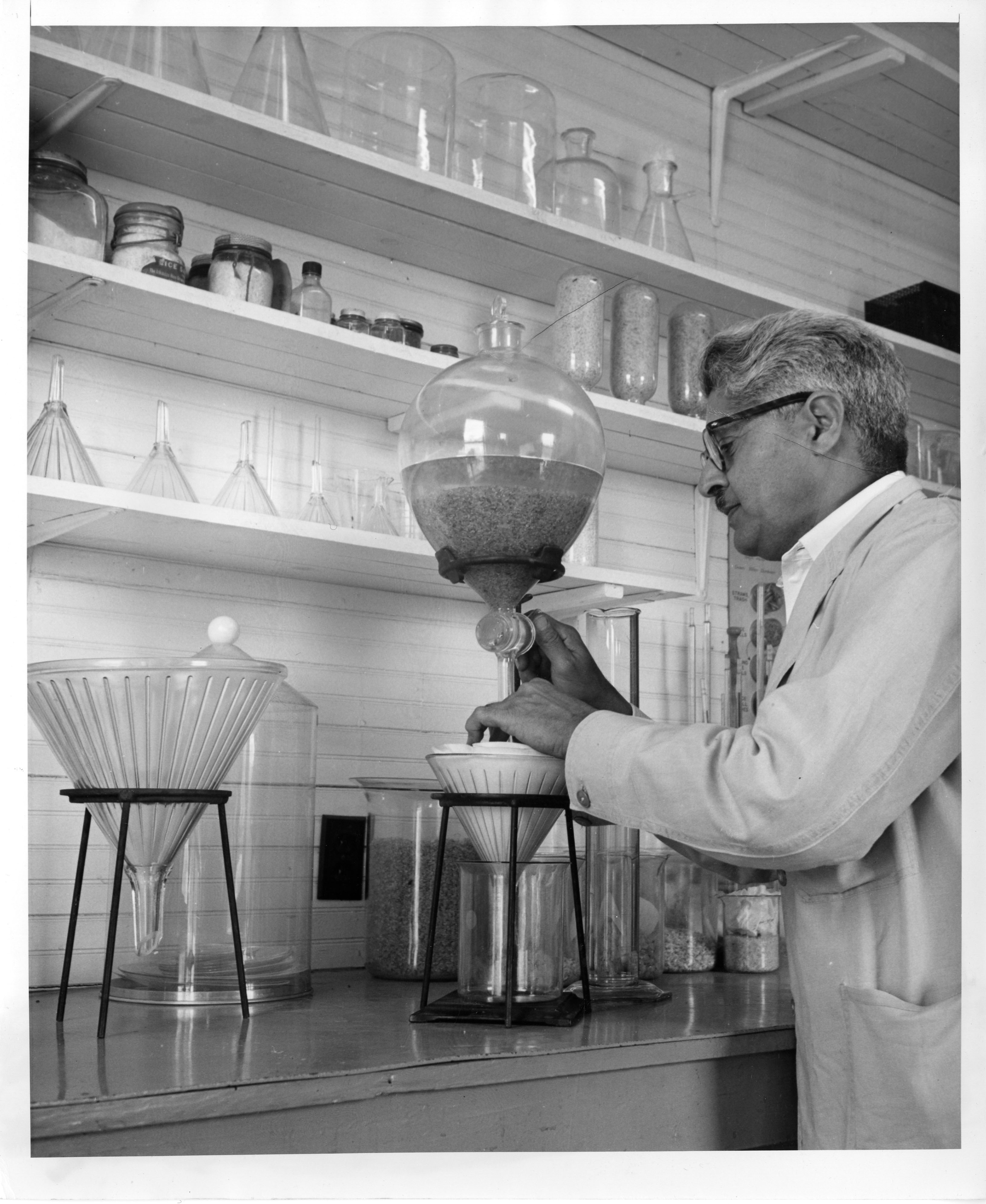

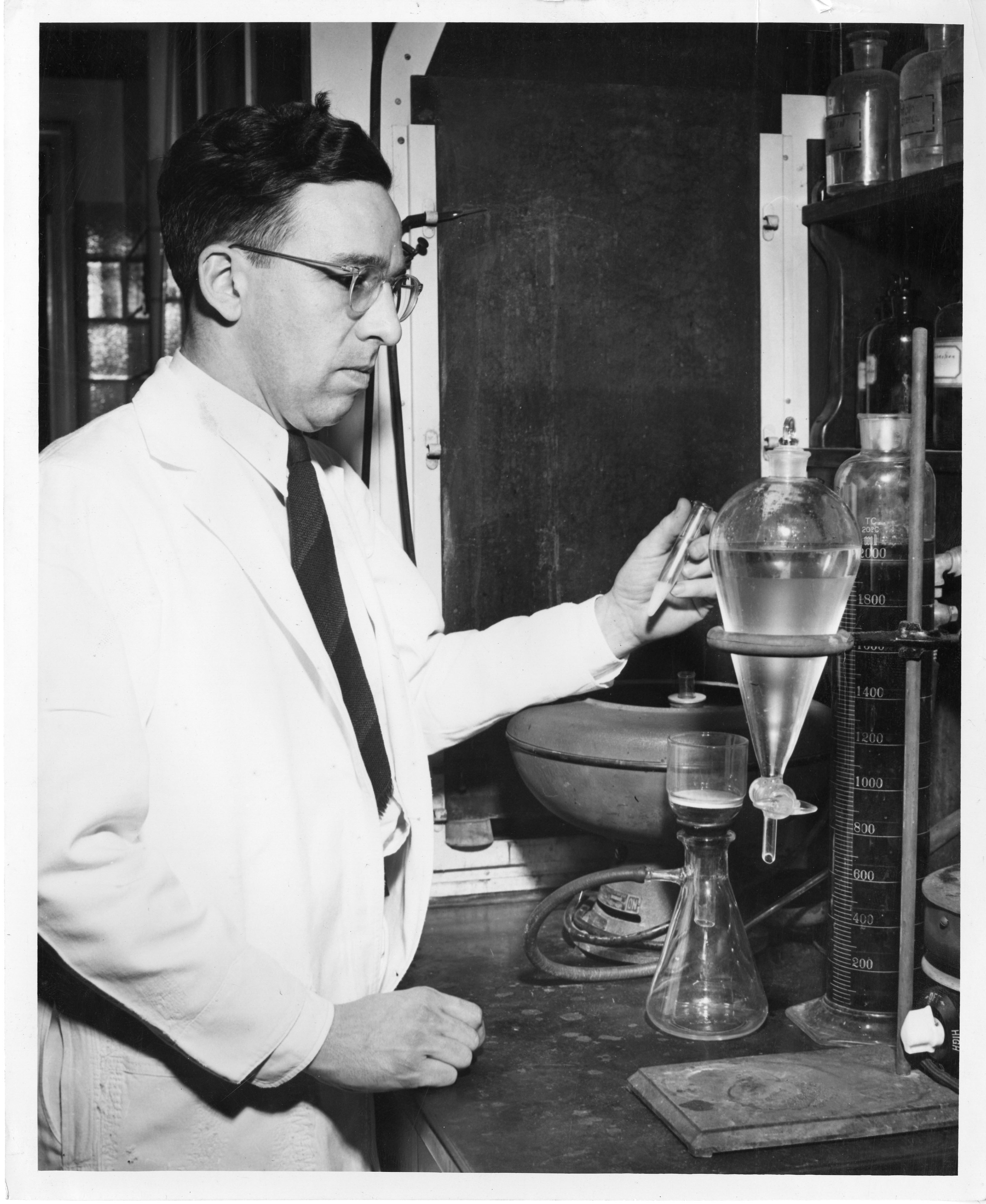

Leave a Comment